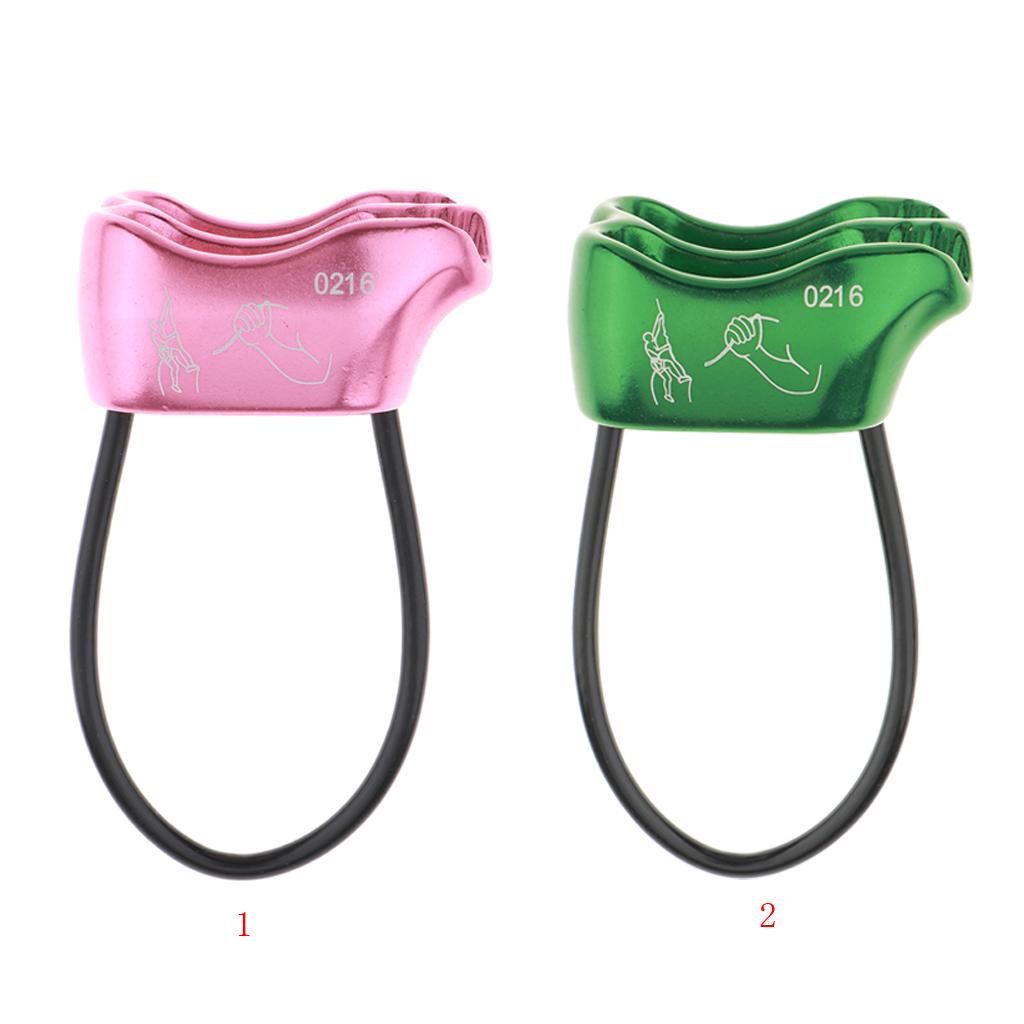

Real world mechanical advantage was the same in both cases: about 1.5 to 1.


I tested this with both a 10 pound load and a 100 pound load. This surprised me a lot, because when I tested the ATC simply as a redirect for 1:1 progress capture, it had a terrible efficiency of only about 15%, and I assumed this would also transfer over to doing at 3:1. I did some informal testing on this, and believe it or not, found it does not add any significant friction. Cons: An extra piece of gear you may not have with you, especially on a glacier climb. If you’re already belaying your second from the ATC, it's very simple to set up a 3:1 left. Pros: no loss of progress when you stop pulling. If you set these up in autolocking belay mode, the rope will slide through as you pull, but when you let go, will lock down immediately. It actually works surprisingly well, give it a try. The belay device keeps the prusik loop from getting pulled through the carabiner. (Your partner stuck in the crevasse will NOT appreciate being a lowered a foot or two when this happens.)Īn old-school Crafty Rope Trick (CRT): if you don’t have a prusik minding pulley or just a carabiner at the anchor: run the rope through a tube style belay device like an ATC before you clip it through the carabiner. Plus, every time you slack off from pulling, unless someone slides the prusik back toward the load, the load is going to slide backwards the length and stretch of the prusik loop, which can mean when you reset your pulley you’re losing a foot or so of hard-earned lift. Unless you have a prusik minding pulley, (also known with the great acronym of “PMP”), or an extra person sitting next to it with the unenviable title as “prusik minder”, or someone who’s coordinated enough to do both the hauling AND the prusik minding at once, the prusik can get sucked into the pulley and cause all kinds of problems. You always want the prusik to be loose when you’re pulling, but in the confusion and stress of a rescue this can be an easy step to overlook. Cons: If it’s cinched down hard on the rope, it can add friction to your pull. Pros: inexpensive, lightweight, can be improvised out of almost any kind of sling material. The classic method, and one still often used by guides, rescue teams, fire departments, etc.


 0 kommentar(er)
0 kommentar(er)
